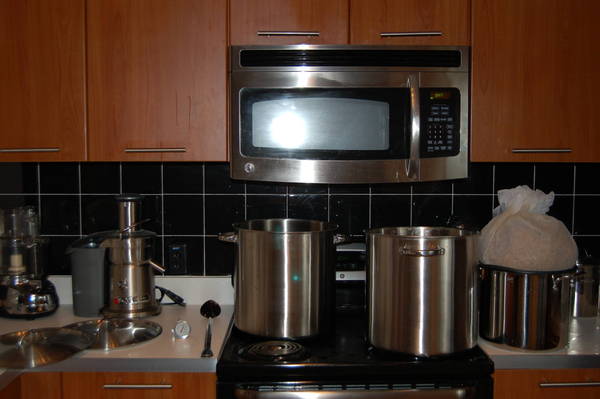Golddiggie
Well-Known Member
What about adjusting the yeast if I'm doing a 4 gallon batch? Should I just put in 4/5 of the packet or is that not necessary.
Completely unnecessary... Just pitch the entire rehydrated packet in... I've used the same amount (granted I'm talking mead here) in everything from 1 gallon through 5 gallon batches. Zero issues resulted.







